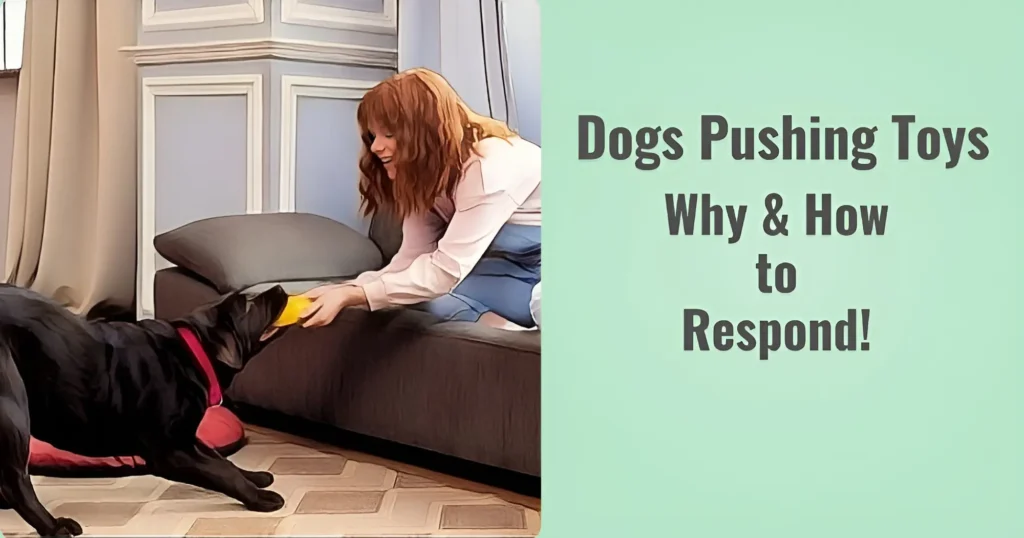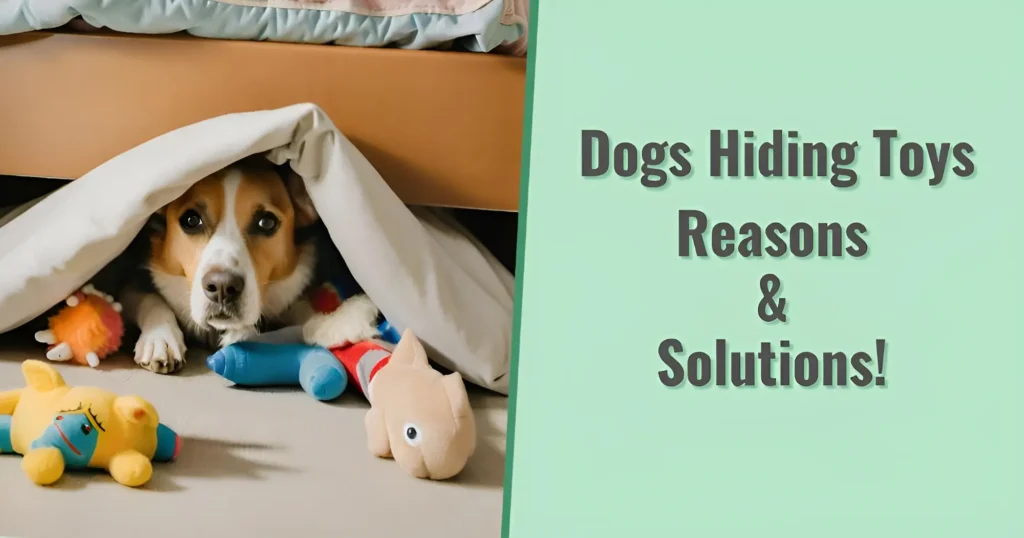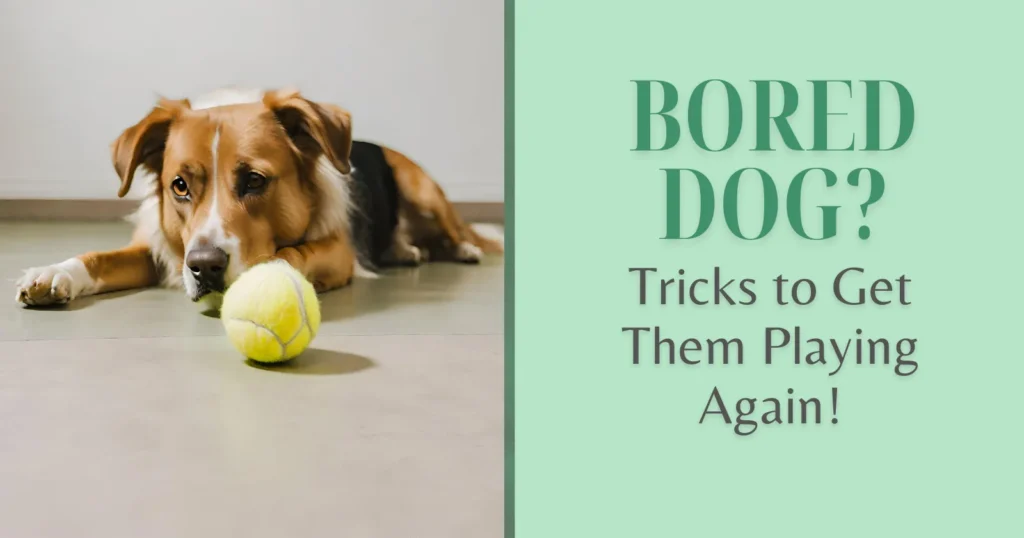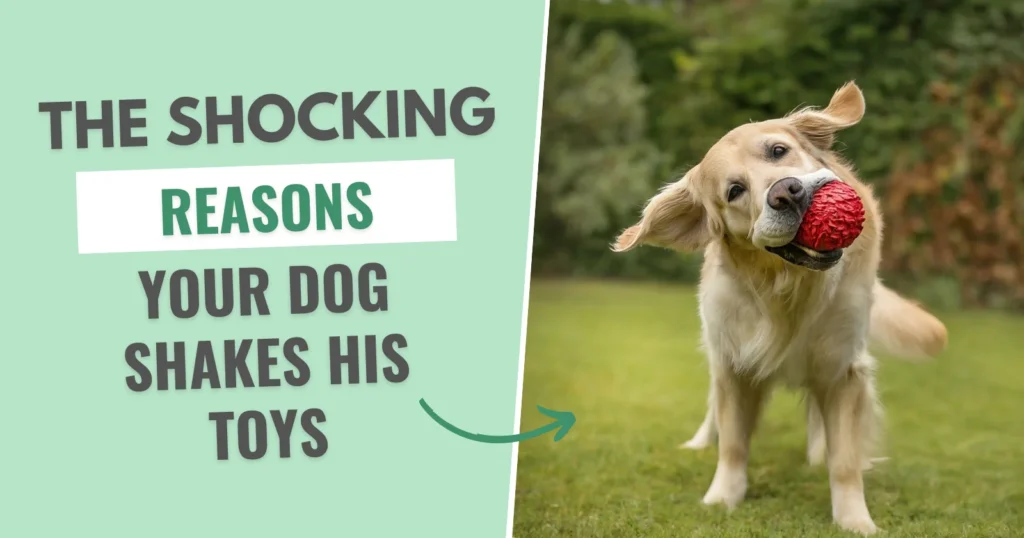One of the most peculiar behaviors your pooch can exhibit is pushing his toys against you. This may be due to five main reasons:
- Interaction based on instinct
- Attention seeking behavior
- Learning behavior
- Lack of mental stimulation
- Seeking comfort
Explaining this behavior


Interaction based on instinct:
Your dog’s natural instincts have been passed down from generation, so their play is based on a hunting drive. Implying that their toy is prey they’ve hunted down and brought back to share with the pack. Now, because our dogs are domesticated and not living in the wild, they are bringing their toy and pushing it against you to share it. You’re their pack, after all.
Attention-seeking behavior:
Our furry friends go to great lengths if they want to get our attention; we’ve established that for sure. How my pup usually performed initially was that I gave him a toy, and he nudged it back by sharing it with me again. Basically, what the gesture meant was that he was showing me that he trusted me with his prized possession. Hence building a strong trust between you and the puppy.
Another possible explanation for this behavior is separation anxiety. Notice your dog pacing or acting restless while exhibiting such behavior. It may be due to underlying factors triggering stress and anxiety. Hence, they need to gain your attention.
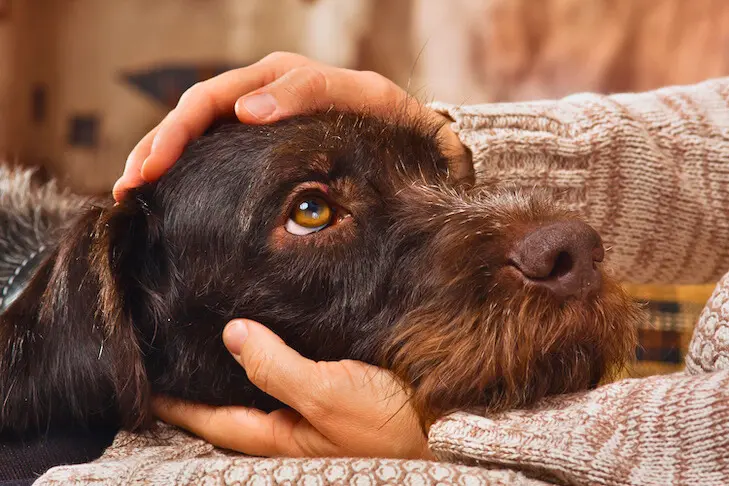

Learning behavior:
Your dog assumes this behavior will bring him attention and rewards. Now, you must be wondering why he thinks that; it is because you may have encouraged the behavior at some point by praising him or giving him a little treat. So, your pooch eventually associates this behavior with attention and rewards.
Lack of mental stimulation:
Your dog is bored; yes, you heard me right. They are bored out of their minds. When your dog lacks interest in the toy, he may bring it back to you, which is why it’s essential to let them pick out their own toys.
When your dog doesn’t get enough play time, they tend to bring you their toys for you to engage with them. The root cause is excessive energy that must be burnt off.
Seeking comfort:
Of course, your furry friend feels the most secure around you; therefore, when in distress, they turn to you and their favorite toy for comfort, sometimes both. When they push their toy against you in a soft, nudging manner, they try to express their affection for you. Establishing trust, as dogs are territorial, this gesture is a sign that they feel secure around you.
You may even notice them occasionally chewing their toys on you.
How to respond to such behavior
Engage in Play:


If your dog is pushing his toys against you because he wants to play, take this opportunity to strengthen your bond through playtime. It’s a healthy way for your dog to expend energy and for you to enjoy each other’s company. Use this time to teach him new tricks or reinforce existing commands, turning playtime into a fun learning session.
Using positive Reinforcement:
When your dog exhibits behaviors you want to encourage, such as bringing toys to you gently or playing nicely, reward him with praise, petting, or treats. This reinforces the behavior you want to see, making it more likely to be repeated. If you want to discourage it, do the opposite.
Setting Boundaries:
If the behavior becomes excessive or intrusive, especially when you’re busy or need space, it’s important to set boundaries. Teach your dog commands like “leave it” or “place” (to go to a specific spot). This helps manage their behavior in a way that respects your space while still showing them love and attention.
Initiate Play on Your Terms:
To prevent your dog from becoming overly demanding with his toys, initiate playtime at intervals you decide. This helps prevent the development of a habit where your dog constantly seeks attention by pushing toys against you. It also teaches your dog patience and that playtime happens on your terms, which is essential for their overall obedience and behavior.
Provide Alternative Entertainment:
Sometimes, dogs push their toys against their owners out of boredom. Ensure your dog has plenty of opportunities for mental stimulation, experiment with toys to see what catches their attention the most, and get plenty of physical exercise. Consider interactive toys, puzzle feeders, and regular exercise routines to keep your dog engaged and satisfied.
Training and Obedience:
Consistent training sessions can help positively manage and direct your dog’s behavior. Commands like “sit,” “stay,” “come,” and “drop it” are foundational and can help you control situations where your dog might be pushing toys against you inappropriately. Consider enrolling in obedience classes if you need additional support, no harm in letting the professionals do the job.
Understand the Timing:
If your dog tends to push toys against you at specific times, it could indicate a routine or desire that needs addressing. For example, if it always happens at a particular time of day, it might be when your dog is used to playing or going for a walk. Adjusting your routine to meet your dog’s needs can help mitigate the behavior.

